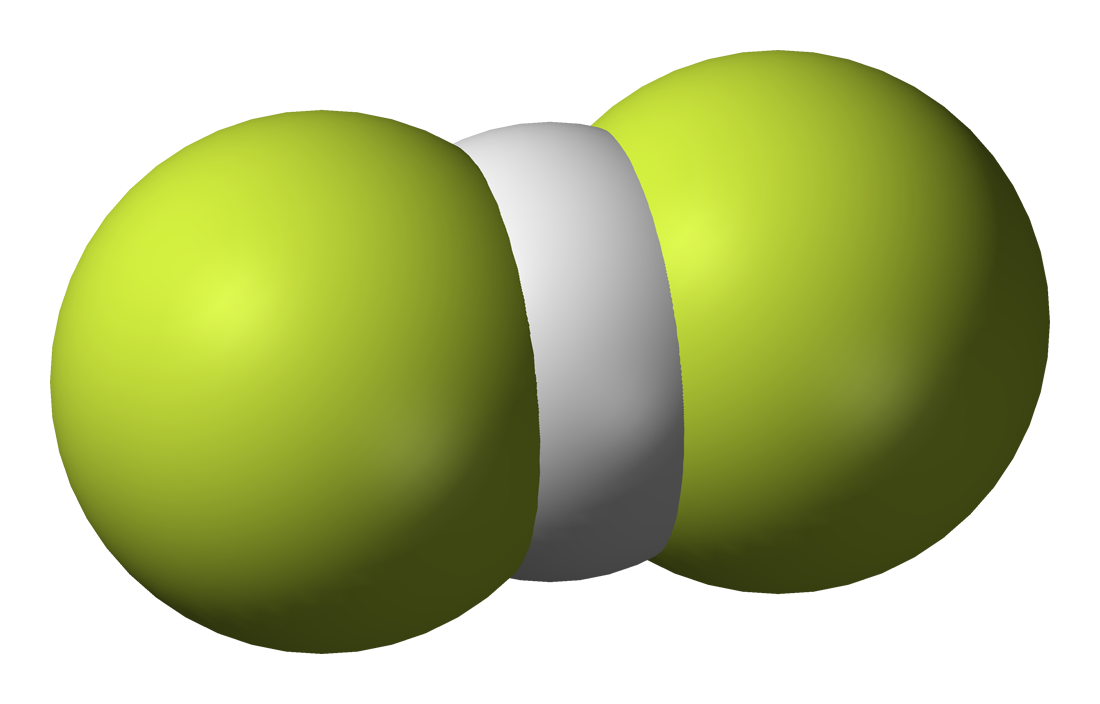- The first case, called the base case, proves that the property holds for the number 1.
- The second case, called the induction step, proves that, if the property holds for one natural number n, then it holds for the next natural number n + 1.
Mathematical induction can be informally illustrated by reference to the sequential effect of falling dominoes. (via GIPHY)
Do all chlorine atoms have the same mass?
- First we establish a base case for one chlorine atom (n=1). The case with just one chlorine atom is trivial. If there was only one chlorine atom in the universe, then clearly all chlorine atoms in that universe would have the same mass.
- We then prove that if in any random set of n chlorine atoms every atom had the same mass, then in any random set of n+1 chlorine atoms every atom must also have the same mass. First, exclude the last chlorine atom and look only at the first n chlorine atoms; all these have the same mass since n chlorine atoms always have the same mass. Likewise, exclude the first chlorine atom and look only at the last n chlorine atoms. These too, must also have the same mass. Therefore, the first chlorine atom in the group has the same mass as the chlorine atoms in the middle, who in turn have the same mass as the last chlorine atom. Hence the first chlorine atom, middle chlorine atoms, and last chlorine atom have all the same mass, and we have proven that: If n chlorine atoms have the same mass, then n+1 chlorine atoms will also have the same mass.
We already saw in the base case that the rule ("all chlorine atoms have the same mass") was valid for n=1. The inductive step showed that since the rule is valid for n=1, it must also be valid for n=2, which in turn implies that the rule is valid for n=3 and so on. Thus in any group of chlorine atoms, all chlorine atoms must have the same mass. We have proof that in any universe, no matter how many chlorine atoms exist, all chlorine atoms must have the same mass.
Nevertheless, it is an experimental fact that it is false that all the atoms of the same element have the same mass. For instance, chlorine's atomic mass of 35.5 a.m.u. is an average of the masses of the different isotopes of chlorine. This is calculated by working out the relative abundance of each isotope. For example, in any sample of Chlorine 25% will be Cl-37 and 75% Cl-35, so there are chlorine atoms with different (35 a.m.u. and 37 a.m.u.) masses.
Please, explain your reasoning. You can post your attempted answers in the comment box below. Please, do not use Facebook, Twitter or Instagram to give your answers.





